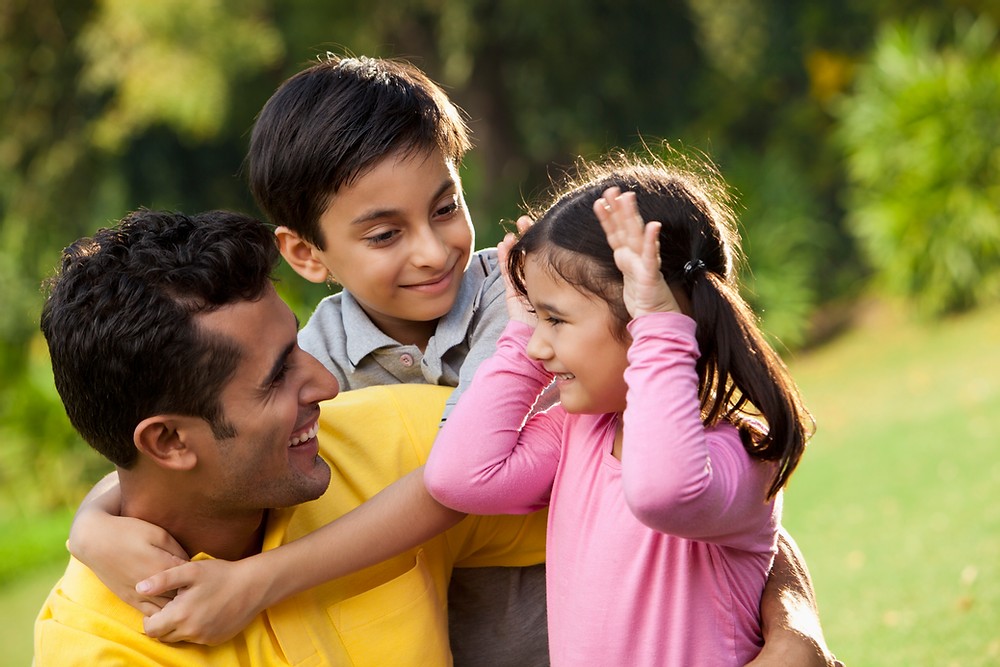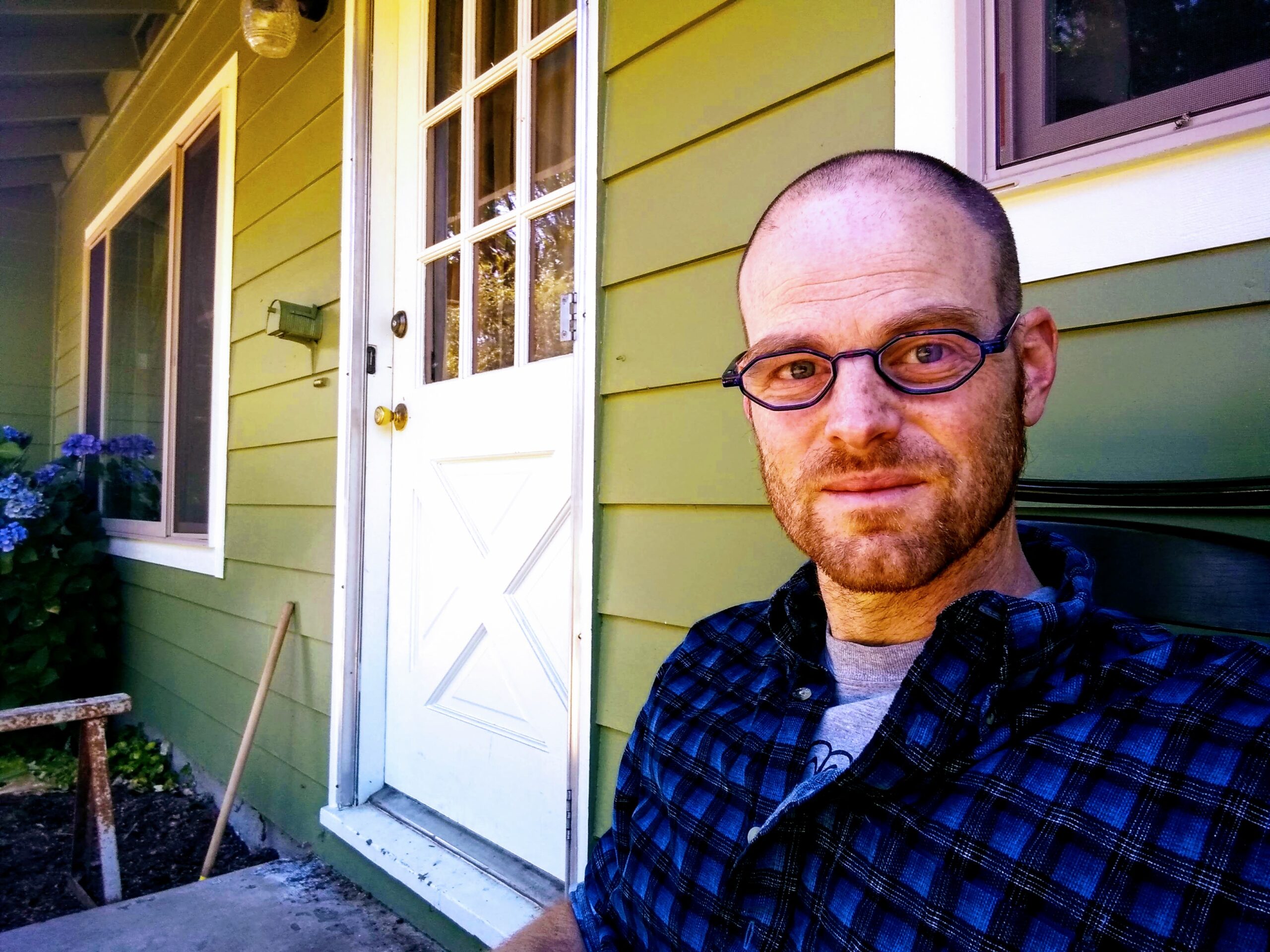
Co-regulation of emotions is the precursor to successful self-regulation. Children who possess the ability to regulate their emotions effectively do so because they had access to sufficient co-regulation when they were young. Co-regulation “is that interactive dance,” writes David Belford, “in which the infant and parent provide moment-to-moment feedback to each other.” However, co-regulation occurs beyond infancy, into childhood, and through the lifespan.
A therapist friend of mine once explained it to me like this: Think about what a parent does with a baby that’s crying, she said, the parent meets it at its level of activation and then slowly brings it back down. She mimicked how a parent responds to a child’s high-pitched, distressed wail by matching the tone with their own voice, then slowly, holding the baby close to their body, the parent drops into soothing tones. Both the parent’s tone of voice and their physiological calm, communicated to the child through close body contact, bring the child back to regulation while modelling the physiological processes involved in self-regulating. How many thousands of times does a parent do this with a child? my friend asked. And it looks different if the child is 6 or 10 or 12, but the underlying mechanism is the same.
It is useful to consider British pediatrician and psychoanalyst DW Winnicott’s concept of “the good enough mother.” Writing in the 1950s, his use of the term “mother”could today be broadened to refer to any parent who is a primary caretaker. In the earliest parts of a child’s life the parent sacrifices their own needs to meet those of the child’s. Any time an unmet need causes arousal in the child, the parent meets the need and alleviates the child’s distress. Once a healthy attachment is established, the “good enough” parent will begin the process of allowing the child to experience small but increasing doses of distress. “The good enough mother,” Winnicot writes, “adapts less and less completely, according to the infant’s ability to deal with her failure.” This process eventually helps the child regulate their own emotions successfully.
But what happens when children don’t experience healthy co-regulation early in life? What if total adaptation to a child’s needs never occurred to begin with? Then, the child’s body never learns to successfully regulate. Emotions take on the quality of wildfire in the brain. Distressing emotions threaten to overwhelm.
A few years ago I arrived at my child’s middle school to pick him up for an appointment. I was summoned to the gym where, I was told, he was having “a tough time.” He was in anguish, face crimson and tear-streaked, screaming and grunting because of an incident that occurred during dodgeball.. They had cleared the gym of all other students. He paced, alone, unable to calm, the assistant principal blocking the doorway so he wouldn’t escape into the hall. I approached calmly. I stopped a few feet from him.”Hey bud,” I said, gently, “I’m gonna put my
hand on your back. Is that ok?” He nodded while choking on his sobs. I slid my hand up his shirt so he could feel the skin-on-skin contact. It was as if a valve closed. His breathing calmed. His face cleared. It is helpful for me to remember that nothing good will happen, no productive conversation will occur, until he is regulated.
It is easy, in an emotionally heated moment, to believe that the problem that needs to be solved is the problem that acted as the catalyst for dysregulation in the first place. But when a child is dysregulated, especially a child with a background of trauma, the dysregulation itself must be first. It starts with healthy co-regulation.
References
https://www.davidbelford.org/reflections-resources

Matthew King lives with his fifteen-year-old son in Corvallis, Oregon, where he’s taught English for thirteen years. He also does advocacy work in the school district for children who have experienced trauma in early childhood. In his spare time he hikes, reads, writes, practices meditation, and watches his son ride dirt bikes. He welcomes comments and feedback and can be contacted at kingmatthew10@gmail.com
